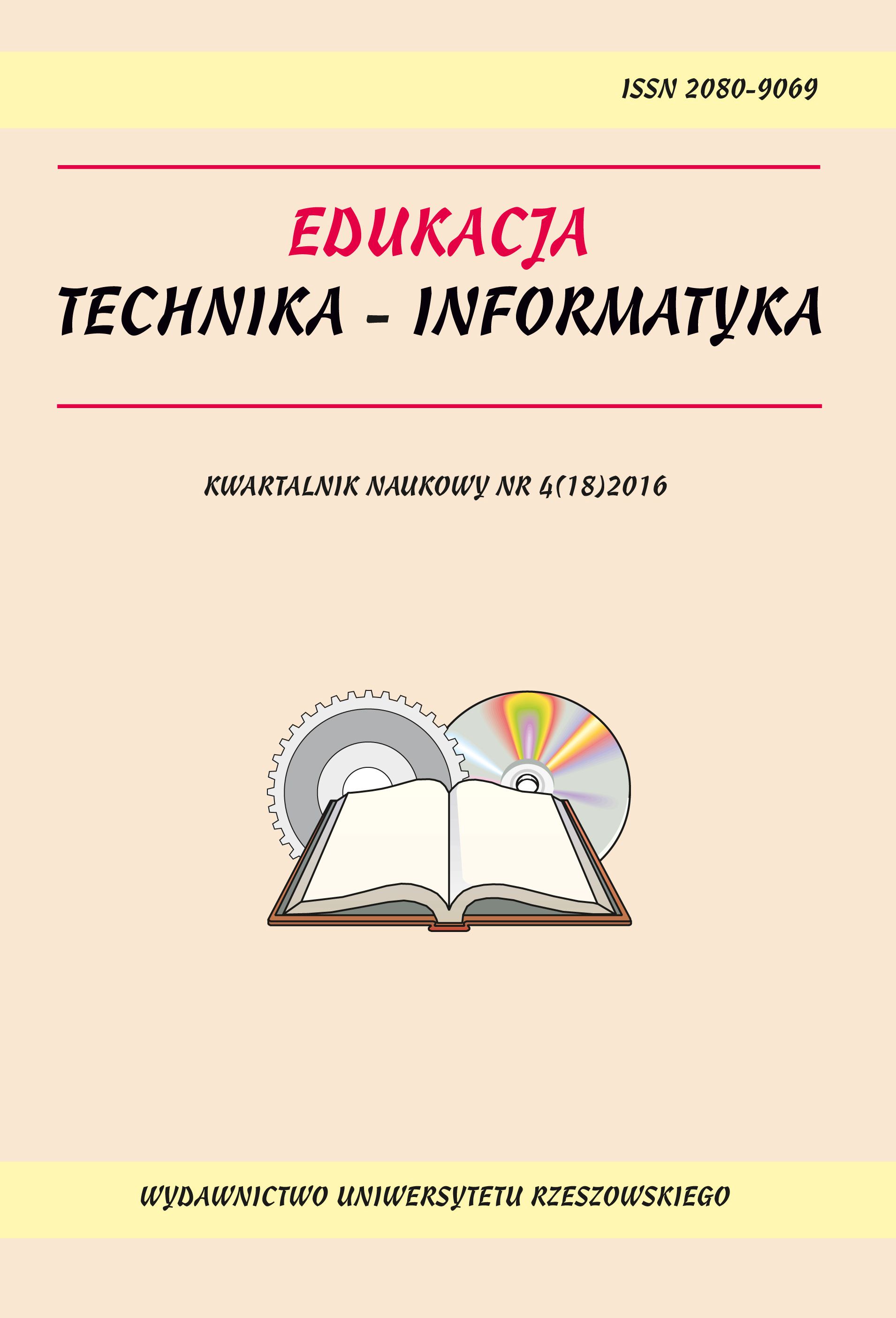Zastosowanie metod edukacyjno-terapeutycznych w pracy z dziećmi i młodzieżą z niepełnosprawnością intelektualną w stopniu umiarkowanym, znacznym i głębokim
The use of educational and therapeutic methods while working with children and the youth with moderate, severe and profound intellectual disability
Author(s): Aleksandra MachSubject(s): Social Sciences, Education
Published by: Wydawnictwo Oświatowe FOSZE
Keywords: metody edukacyjno-terapeutyczne; metody pracy z uczniami z niepełnosprawnością intelektualną; nauczyciel-terapeuta; kształcenie specjalne; terapia; educational and therapeutic methods; methods of work
Summary/Abstract: Nauczyciele przedszkoli, szkół i ośrodków specjalnych dla dzieci i młodzieży z niepełno-sprawnością intelektualną w stopniu umiarkowanym lub znacznym wykorzystują w swojej pracy metody, które można nazwać edukacyjno-terapeutycznymi. Specyfika tych metod pozwala reali-zować nauczycielom zarówno cele edukacyjne, jak i terapeutyczne, a więc te, które wynikają z podstawowych zadań kształcenia specjalnego i rehabilitacji (rewalidacji) uczniów z niepełno-sprawnością intelektualną w stopniu głębszym. Edukacja i rehabilitacja tej grupy uczniów stanowi nierozerwalny układ, tzn. procesy te wzajemnie się przenikają i uzupełniają. W artykule wskazano metody stosowane w placówkach specjalnych, omówiono także zasady i warunki, jakimi powinien kierować się nauczyciel, decydując się na ich zastosowanie. W związku z tym, iż niektóre z metod wykorzystuje się także w pracy z uczniami z niepełnosprawnością intelektualną w stopniu głębo-kim, zawarte tu refleksje i sugestie odnoszą się również do tej grupy osób. The teachers who work at kindergartens, schools and special centres for children and the youth with moderate or severe intellectual disability employ methods that can be called education-al and therapeutic. The specificity of these methods allows teachers to pursue both educational and therapeutic goals, that is those that stem from the basic objectives of special education and rehabil-itation (special therapy) of students with profound intellectual disabilities. Education and rehabili-tation of this group of students constitute an inseparable system, i.e. these processes intertwine and complement each other. This paper indicates the methods used in special institutions; the terms and conditions that should be observed by the teachers who have decided to employ such methods are also discussed here. Due to the fact that some of the methods are also used while working with students with profound intellectual disabilities, the reflections and suggestions presented here apply also to this group of people.
Journal: Edukacja - Technika - Informatyka
- Issue Year: VII/2016
- Issue No: 4
- Page Range: 64-76
- Page Count: 13
- Language: English, Polish

